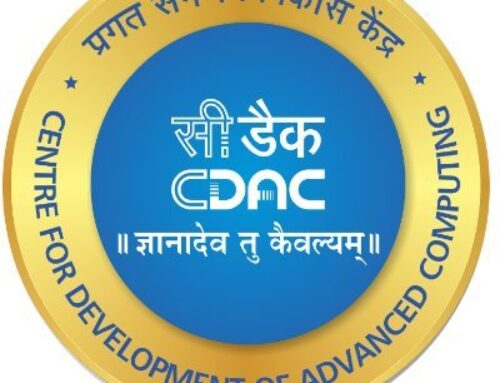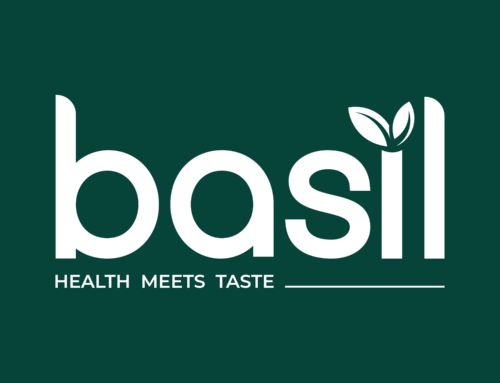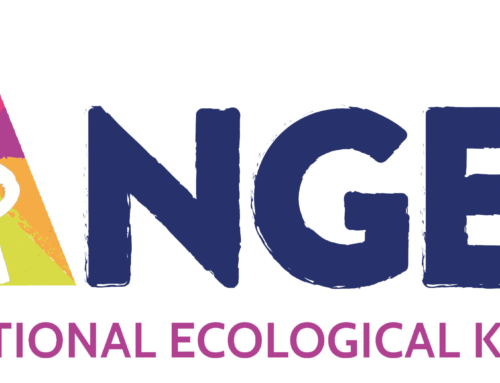Impending Agrarian crisis – How are we going to combat?
As per United Nations report, the food production need to be doubled to feed all the human beings in 2050. Which means we would have to double the agricultural land and the work force by 2050. But the trend in labour availability suggests otherwise as could be seen from the following histogram.
With dwindling work force augmented by shrinking agricultural land we are likely to face a very severe agrarian crisis, if we are not going to act swiftly and smartly. Lets take an agrarian time travel and check what could mitigate the inevitable, impending crisis.
It is easier said than done, are we really ready to implement AI, IOT, Autonomous Machine etc., in agriculture to tide over the problem?
Tea industry – a case study
Let us take Tea industry to find out how the modern technology can help mitigate the challenge of growing demand and means of catering the growing population.
Tea industry is a labour-intensive industry where about 60% of cost of production goes to labour wages. While rest of the agriculture domain have embraced mechanical tools like Tractor, Tiller, Harvester etc., Tea industry have remained frozen in time, following archaic colonial practices till date. Due to lack of mechanization, Tea industry is more dependent on human efforts than any other plantations. Tea leaves plucking is a treacherous job that requires the workers to walk miles to and in the plantation every day. In southern part of India, Tea is grown in hilly terrain, which makes the job all the more harder compared to their East Indian counterparts.
As the dynamics of the Indian economic landscape changes, the younger generation have far better opportunities with better wages elsewhere which serves as a driving factor for them to move towards other greener pastures. Thus Tea plantation fields are now suffering due to lack of labour availability despite the wages being doubled in the past decade.
Surinova’s T-Rover – a viable solution?
Surinova, a Chennai based Agrobotic company developed a Robotic harvester that cultivates tender tea leaves. This Company focuses in introducing Robotics in Agriculture domain and T-Rover is its first offering. The company has few other products under development in its pipeline like, eTractor, eTiller, eHarvester all are built upon its straddle type rover as the platform.
Features of T-Rover
Following are few characteristic features of T-Rover
Surinova’s T-Rover is a battery-operated rover, which avoids the fossil fuel and hence the pollution that follows
The joystick operation aids in controlling the Rover remotely from distance of about 10 to 25 feet away
T-Rover compensates efforts of 22 labourers, addressing the most critical issue of labour shortage
Four wheel drive ensures the efficiency and agility of the Rover, which helps it to operate at 3 KMs per hour in the field
T-Rover can cover up to 2 Hectares a day, which amounts to 20 Hectares coverage per Rover for a 10 days harvesting cycle
T-Rover is first of its kind machinery in the world and it enjoys 9 patents to its credit
Technical innovations
Only the tender leaves that are available in the top most layer of the Tea plant is suitable for processing. The mother leaves that are found in multiple layers beneath are not suitable. Moreover these mother leaves provide the required nutrition to the tender leaves. Hence while harvesting, one need to be mindful of harvesting only the tender leaves of topmost layer. T-Rover’s top sensing technology ensures only the tender leaves of topmost layer are harvested without disturbing the mother leaves.
T-Rover utilizes the ‘sweeping mechanism’ to convey the harvested leaves instead of using the blower mechanism. The former is a very energy efficient one that reduces the power requirements significantly.
Patented Gimbel module of harvester ensure the harvester glides over the top most layer based on the data collected from sensors and ensure selective harvesting of tender leaves is accomplished.
T-Rover is an all-terrain vehicle, which is suitable for both the hilly terrain of South India and plains of East India. The sensor based technological innovations ensure the centre of gravity is maintained in all the undulations in the terrain.
T-Rover collects all the data like, distance travelled, quantum of harvest, speed of the Rover, Battery charge status etc., All these data could be collated and presented in a dashboard format to the management. A manager sitting in the comfort of his office can monitor all the T-Rovers in the field,
Surinova is currently working on making it an autonomous vehicle. On implementation, once a track is trained, the T-Rover can start from point A and complete the harvesting at point B, as programmed without any human intervention, using GPS coordinates.
T-Rover’s potential impact on society
India is transitioning from an Agrarian economy to Service economy, thanks to sustained efforts of state and union governments to improve literacy rate and industrialization. As a cascading effect, the agrarian labour population is dwindling. The younger generation prefers to work in various other industries rather than in agriculture field. As a result the Agriculture industry suffers with labour shortage. Unless products like Surinova’s T-Rover hits the field, the impending agrarian crisis would simply become unmanageable. With the advent of T-Rover, a Tea plucking labourer’s son need not have to tread his parents foot print and undergo the treachery. Instead, with little training, he can become a T-Rover operator, which not only improves his working condition, but improves his status in the society.
– SURINOVA PVT LTD.







